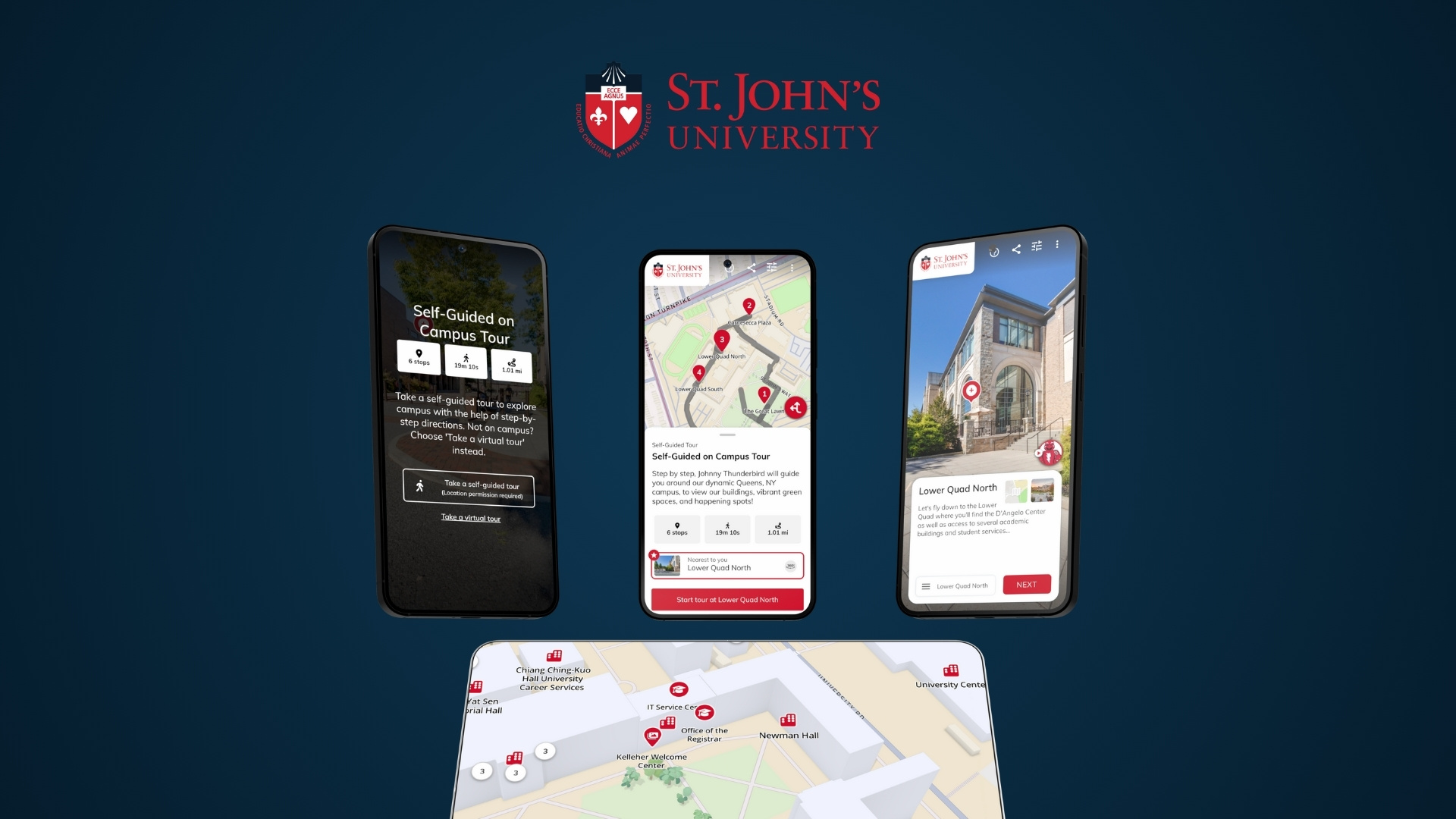.jpg)
Remember your first day of school? Palms sweating, nerves about not being able to find your classes, and hoping that anyone would be your friend – it wasn’t just you feeling this way.
Orientation is a stressful time for many new students. As educators and staff in post-secondary environments know, many conversations this time of year revolve around how to make new students feel welcome, safe, and part of a new community. This often occurs through events, orientation-specific programming, and on-site interactions with staff and experienced students.
As applicants, students got to know your school through your virtual tour and maps. Why not utilize these familiar resources to help them through their transition? Below, we break down four ways to use your virtual tour to help incoming students through start-up.
Create an Orientation tour
A “Welcome to campus” tour can be a valuable resource to get students ready to step foot on campus. Help students get the information they are looking for and find the spaces they need to know with your virtual experience. Use hotspots, audio guide, maps, calls to action (CTAs) and other features to help them navigate themselves on campus during their first days.
In the tour, you can include things like:
● Land acknowledgements and a brief welcome/history of campus
● Bookstores and places to pick up textbooks
● Offices for obtaining campus ID and meal cards
● Parking offices and places that sell transit passes
● Residence locations
● Food services including dining halls, coffee stops, snack bars
● Frequently/commonly-accessed student services
● Athletic venues, including fitness centres and gymnasiums for intramural sports
● A link to your Orientation site with additional information about their first weeks
● Surrounding community highlights nearby campus
Connect with student services, student success, or student life departments to collect content that can help support incoming students. By working with other teams, you can share consistently across multiple platforms and help students find the information they need regardless of where they are looking.
.png)
Use relevant CTAs to help direct students to resources they need
Figuring out what to do before classes start can be tough as a new student. Make life easier for incoming students by using CTAs that will direct them to webpages offering information they need. You may want to include links to:
● Residences and move-in information
● Your Orientation event schedule
● Class schedules
● The bookstore so they can buy textbooks
● Student ID offices
If you have a designated orientation tour, you can include a variety of links to different parts of your website that can answer questions that frequently come up from students during start-up.

Share Orientation information digitally
Make your content accessible to students wherever they are looking for information. Share links or embed your orientation virtual tours on your school’s home page, Orientation landing page, residence microsites, pages related to the community around you, and student services portals. You can also share the content through any orientation-related campaigns like welcome emails, prep courses, on your school’s app, and in social campaigns about the start of the year.

Support students on-campus with digital tools
In addition to sharing your virtual tour and map with students digitally, help volunteers by letting them take tours with them to in-person events. Since tours and maps are mobile-friendly, you can arm campus volunteers with tour content and encourage them to reference it in interactions with new students.
If your virtual tour includes a map, volunteers can use it to direct students to where they need to go. If iPad kiosks and touch screenTVs are available, featuring an orientation tour on those devices is a sure way to increase campus discovery. . Lastly, printing QR code placards across campus is a great way to increase usage of your orientation tours and campus maps.
%20(3).png)
In summary, virtual tours help students choose your school and can continue to support them through orientation. By building designated orientation tours, using specific CTAs, and making tours and maps available online as well as offline, you can improve the transition for incoming students, and ensure they feel welcomed on campus.
Want to bring these ideas to life? Reach out to our team!


.png)




